The controversial 'Run, Hide, Fight' response in active shootings
Why has this method come under scrutiny for its use in mass casualty events?

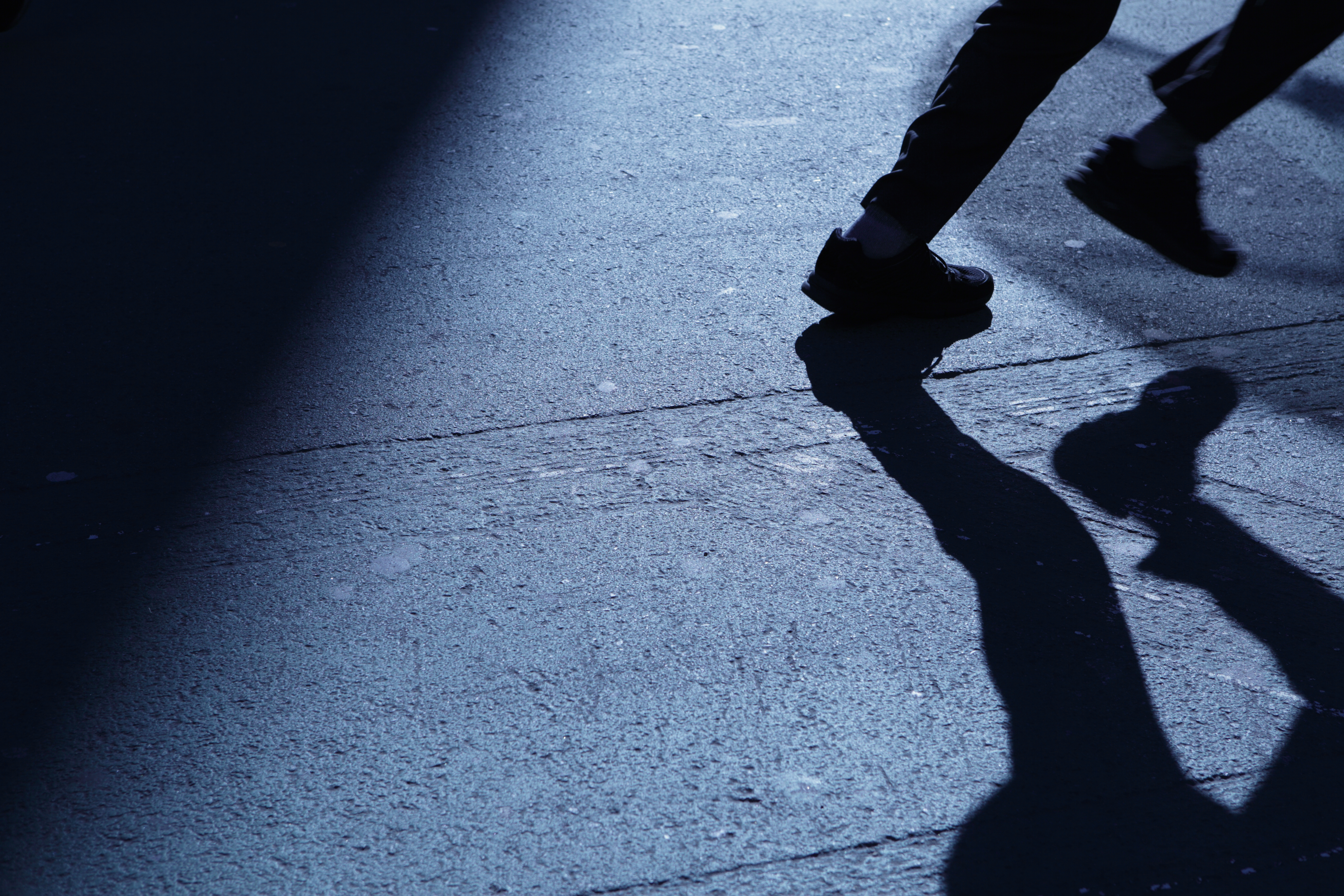
During a mass shooting at Michigan State University, students on campus were sent a text message telling them to "Run, Hide, Fight." But some opponents have argued this potentially life-saving tactic is simply ineffective. Here's everything you need to know:
What is the 'Run, Hide, Fight' method?
It is a response tactic utilized by law enforcement offices throughout the country to try to help people survive during an active shooter situation or mass casualty event. According to the Federal Bureau of Investigation, "Run, Hide, Fight" is a trio of methods that can maximize someone's chances of making it through this type of traumatic experience.
An active shooter response manual from the U.S. Department of Homeland Security outlines the basic tenants of this tactic. "Run, Hide, Fight," according to this manual, are the three steps that should be taken, in order of importance, if a mass shooting occurs.
The Week
Escape your echo chamber. Get the facts behind the news, plus analysis from multiple perspectives.

Sign up for The Week's Free Newsletters
From our morning news briefing to a weekly Good News Newsletter, get the best of The Week delivered directly to your inbox.
From our morning news briefing to a weekly Good News Newsletter, get the best of The Week delivered directly to your inbox.
The first step, DHS says, is to "attempt to evacuate the premises." The manual notes that it is important to "have an escape route and plan in mind" and "evacuate regardless of whether others agree to follow." This should be the first action attempted during a mass shooting, per DHS.
If escaping is not possible, the manual says, the next step is to "find a place to hide where the active shooter is less likely to find you." According to DHS, the hiding place should be out of the shooter's view, and also "provide protection if shots are fired in your direction" while not impeding an escape route.
If all else fails, DHS says, the last step should be to try and fight the shooter. However, the agency notes that this should only be done "as a last resort, and only when your life is in imminent danger." DHS says that when fighting the shooter, it is important to act "as aggressively as possible against him or her" by "throwing items and improvising weapons."
Why are some people critical of 'Run, Hide, Fight'?
Some experts and survivors alike believe that the "Run, Hide, Fight" method doesn't actually work, and is based on outdated information. Following the mass shooting at Michigan State, a report from WLS-TV Chicago found that "some students took to social media to criticize university officials for instructing them to fight as part of the three-word prescription for survival."
A free daily email with the biggest news stories of the day – and the best features from TheWeek.com
The Washington Post reported similar dissatisfaction with the school's response, noting that one survivor's tweet read, "This is not normal." Another said that it was "sickening that any university would have to say this to its students."
This concern for the advice was echoed in an article from The Atlantic published just months prior to the Michigan State shooting, where the author, national security expert Juliette Kayyem, notes that "our mass-shooting guidance may be woefully out of date."
Kayyem wrote that the best thing to do in an active shooter situation is "run as fast as you can, hide if you must, and, as a last resort, fight," adding that it is not important to be a hero. She pointed to the 1999 Columbine High School massacre, where 10 of the 12 people that were killed "perished inside the school library — a room where they believed they could hide safely."
Kayyem added a stark warning, saying, "With killers having the capacity to end the lives of so many people so fast, neither running nor hiding may be the best first option."
Can this method actually save lives?
Despite the criticisms, there's no doubt that it has. "Run, Hide, Fight," along with similar state-based training, has proven effective in the past. A report from CBS News even found that the tactic "likely saved lives" during the Michigan State shooting.
Matthew Doherty, a former Secret Service agent and current risk management director, told CBS that those on the Michigan State campus listened to the advice of the school. He noted that "hiding was the antithesis" prior to standard training, adding that the idea used to be to "run down the hall and declare an emergency, or get on your cellphone and loudly declare there's a 911 emergency here."
However, because of "Run, Hide, Fight" survival habits, Doherty said, "there's no doubt in my mind that you'll start seeing this information come out that the kids, the students, had that security awareness before this incident happened."
A study from Purdue University similarly found that trying to escape as quickly as possible was likely a much better tactic than hiding. "We find that the number of casualties is higher in situations like Columbine when more people try to hide instead of run," Eric Dietz, director of the Purdue Homeland Security Institute, said in the study. "That's not to say it is the best action every single time, but rather we want to use our model and some of our research to better inform schools on active shooter training."
The studies from Purdue concluded that "running from the situation is often linked to the best outcome," Dietz said.
What is the alternative?
Though "Run, Hide, Fight" has become a common mantra in the era of mass shootings, there have been other types of training programs dedicated to surviving these types of events.
One of these programs is ALICE. Described as a "training acronym and response protocol," ALICE outlines five crucial steps for escaping a shooting: Alert others of the danger, lockdown and barricade the room if necessary, inform law enforcement of the incident if possible, counter the shooter by creating distractions, and evacuate when safe to do so. The Associated Press noted that ALICE is used by many school districts and universities across the country.
Another program, the Avert training, "gives you the tools to understand how to recognize warning signs, react quickly in an active shooter situation, and learn how to control bleeding in life-threatening situations." According to their website, this training helps people not only respond to active shooters, but also gives them the tools necessary to help save others.
However, the majority of federal agencies, including the FBI, DHS, and FEMA, still officially use some variation of the "Run, Hide, Fight" method, meaning it is likely here to stay for the immediate future.
Justin Klawans has worked as a staff writer at The Week since 2022. He began his career covering local news before joining Newsweek as a breaking news reporter, where he wrote about politics, national and global affairs, business, crime, sports, film, television and other news. Justin has also freelanced for outlets including Collider and United Press International.
-
 7 bars with comforting cocktails and great hospitality
7 bars with comforting cocktails and great hospitalitythe week recommends Winter is a fine time for going out and drinking up
-
 7 recipes that meet you wherever you are during winter
7 recipes that meet you wherever you are during winterthe week recommends Low-key January and decadent holiday eating are all accounted for
-
 Nine best TV shows of the year
Nine best TV shows of the yearThe Week Recommends From Adolescence to Amandaland
-
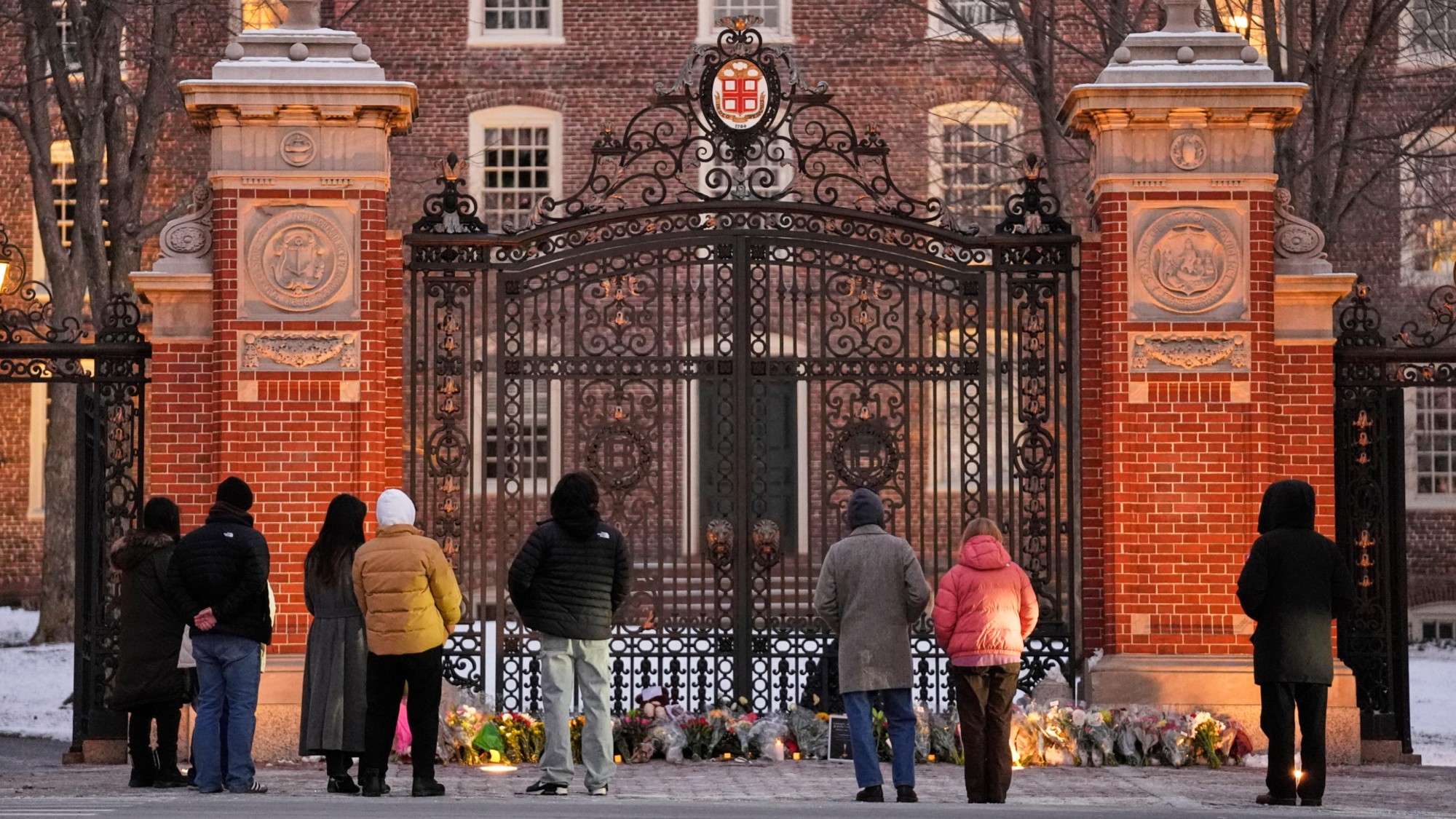 Campus security is under scrutiny again after the Brown shooting
Campus security is under scrutiny again after the Brown shootingTalking Points Questions surround a federal law called the Clery Act
-
 Sole suspect in Brown, MIT shootings found dead
Sole suspect in Brown, MIT shootings found deadSpeed Read The mass shooting suspect, a former Brown grad student, died of self-inflicted gunshot wounds
-
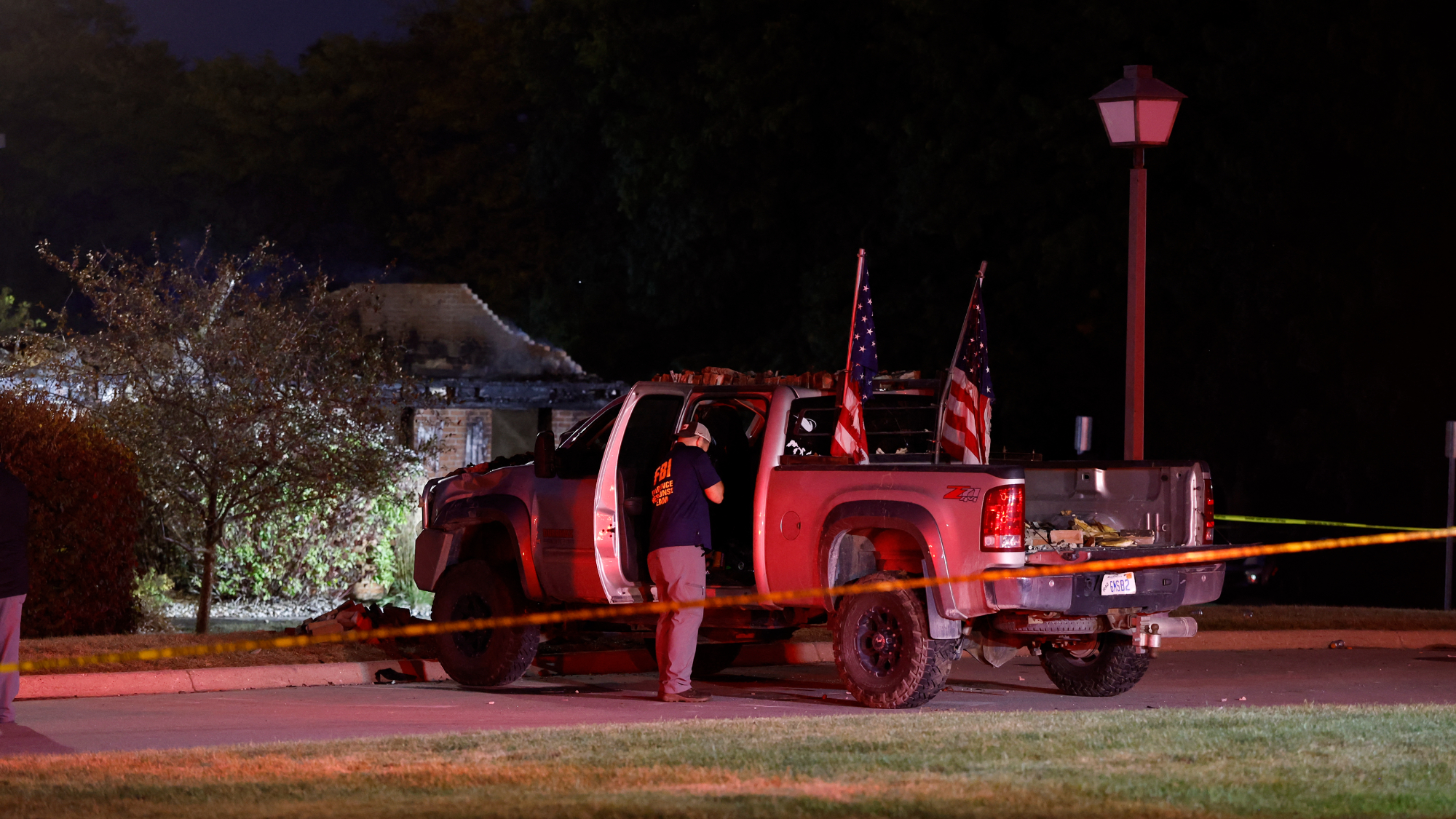 4 dead in shooting, arson attack in Michigan church
4 dead in shooting, arson attack in Michigan churchSpeed Read A gunman drove a pickup truck into a Mormon church where he shot at congregants and then set the building on fire
-
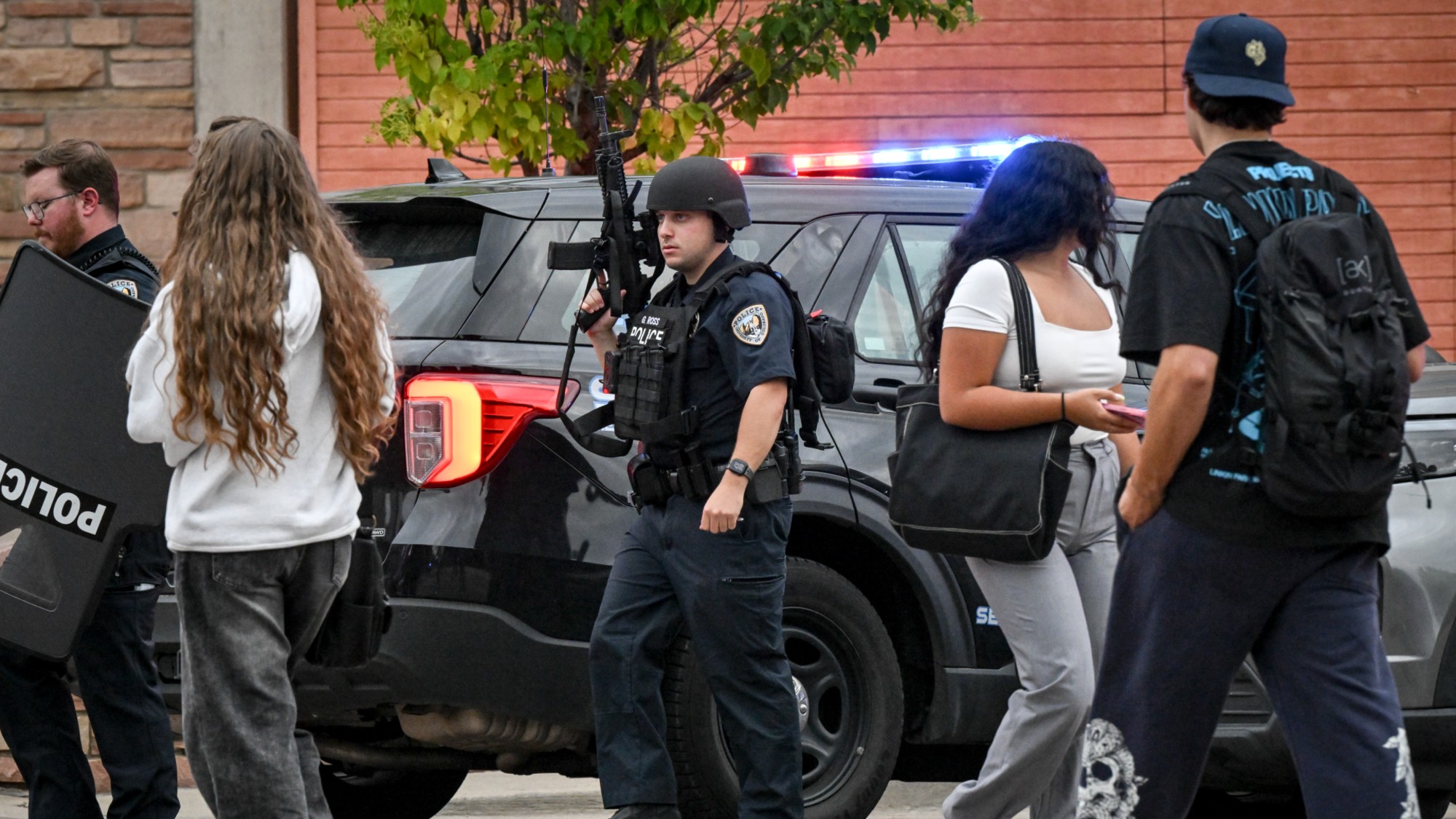 Colleges are being overwhelmed with active shooter hoaxes
Colleges are being overwhelmed with active shooter hoaxesIn the Spotlight More than a dozen colleges have reported active shooter prank calls
-
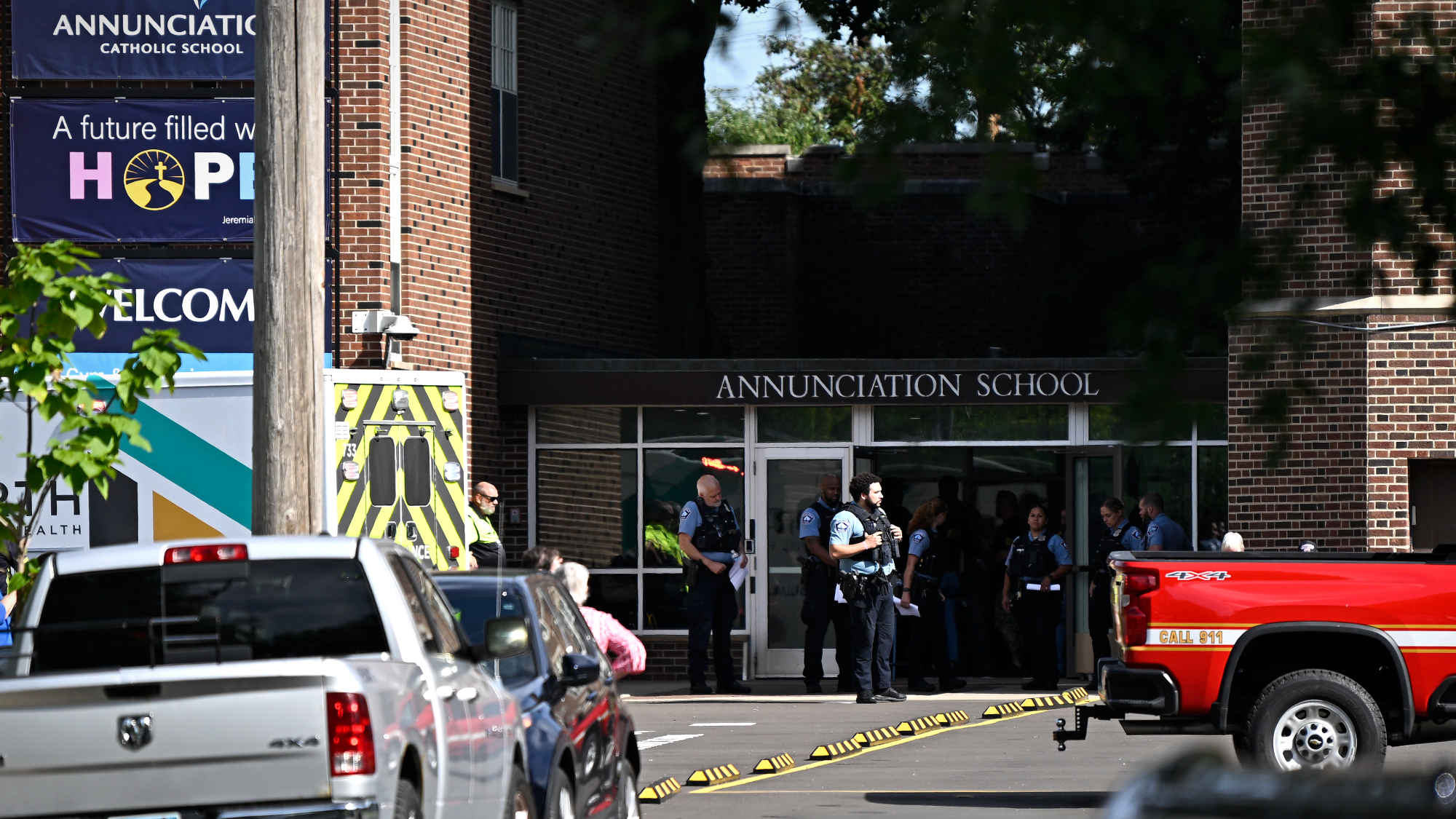 2 kids killed in shooting at Catholic school mass
2 kids killed in shooting at Catholic school massSpeed Read 17 others were wounded during a morning mass at the Annunciation Catholic School in Minneapolis
-
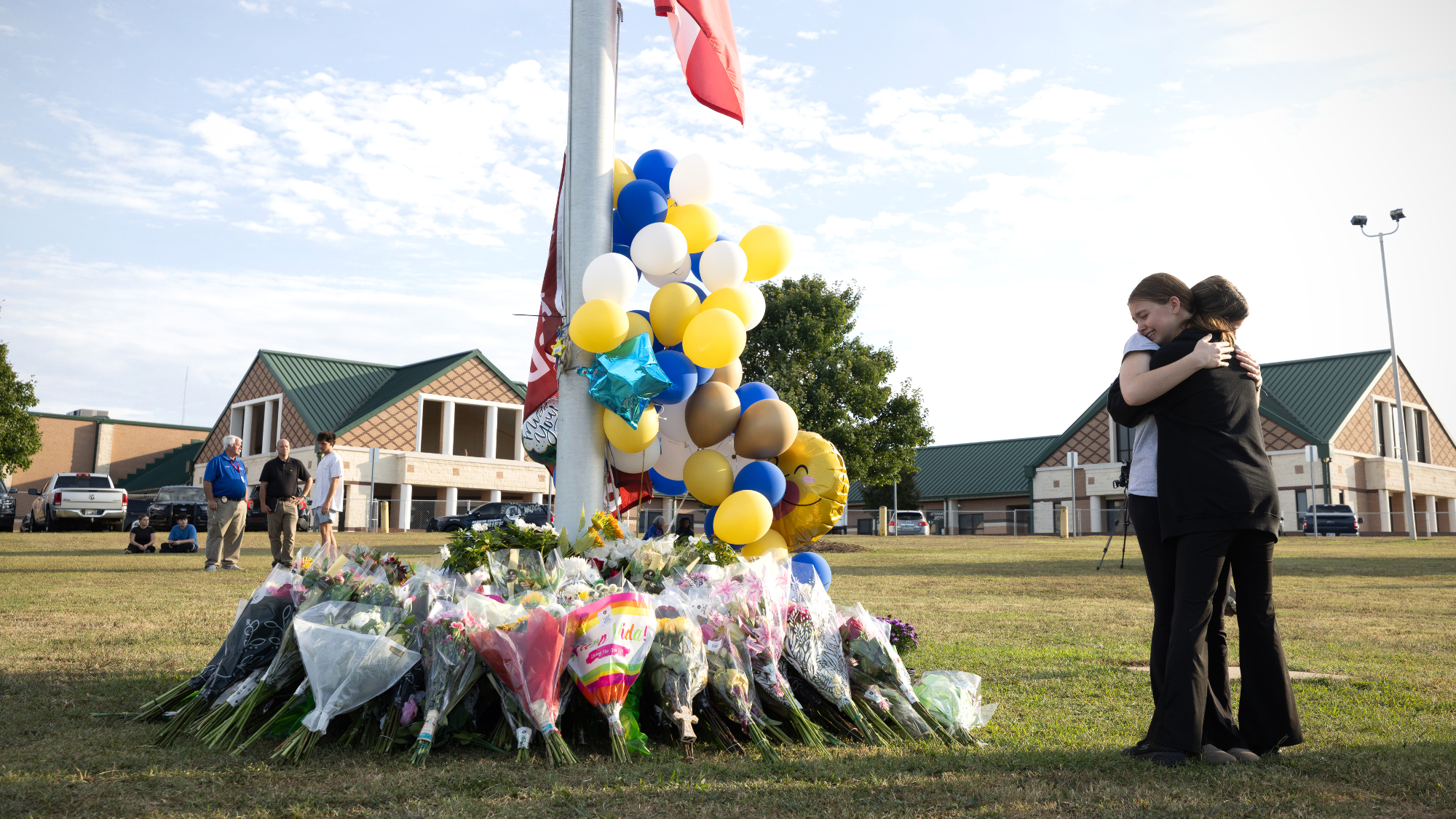 Father of alleged Georgia school shooter arrested
Father of alleged Georgia school shooter arrestedSpeed Read The 14-year-old's father was arrested in connection with the deaths of two teachers and two students
-
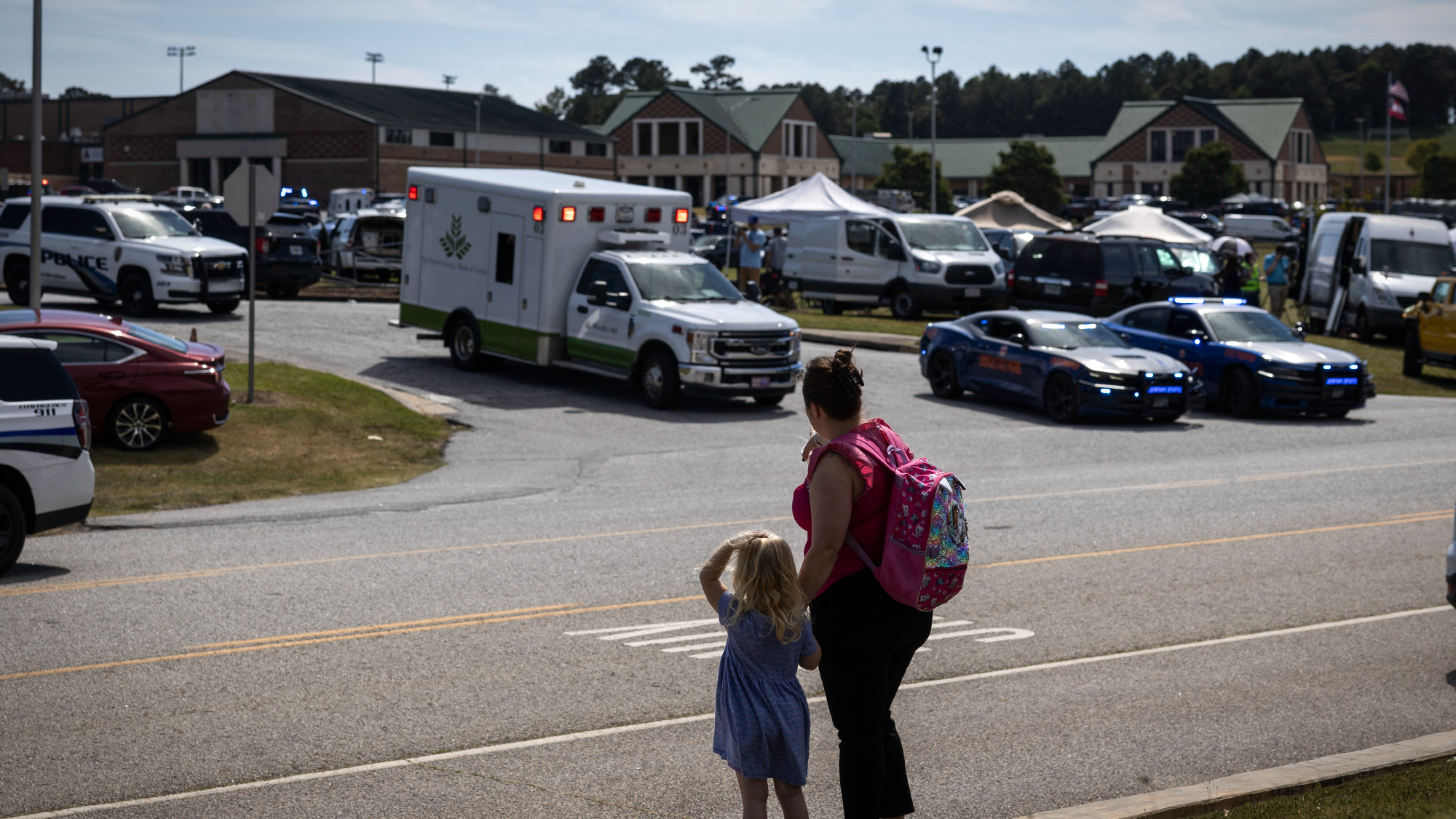 Teen kills 4 in Georgia high school shooting
Teen kills 4 in Georgia high school shootingSpeed Read A student shot and killed two classmates and two teachers at Apalachee High School
-
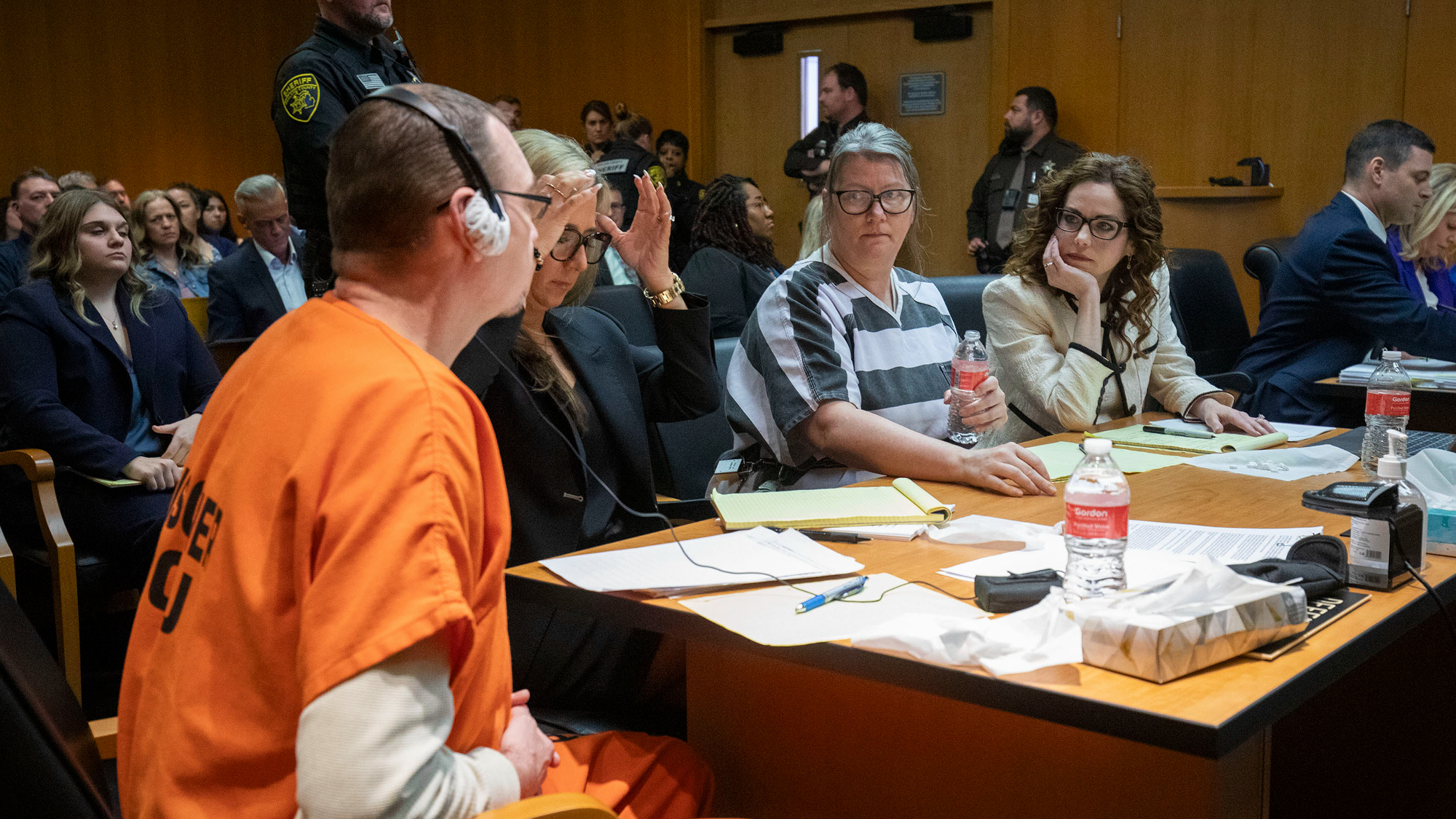 Parents of school shooter sentenced to 10-15 years
Parents of school shooter sentenced to 10-15 yearsSpeed Read Jennifer and James Crumbley are the first parents to be convicted in a US mass shooting
